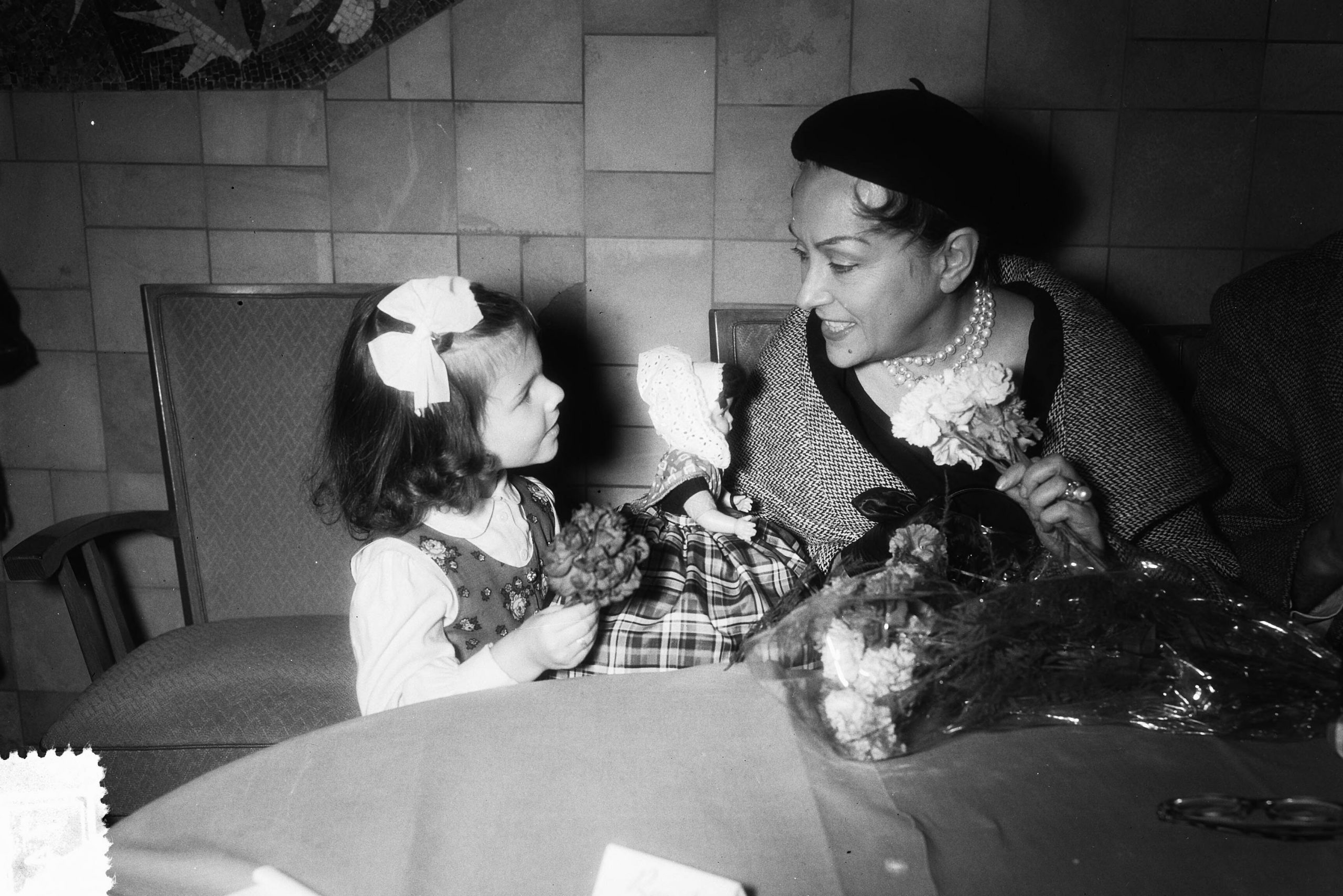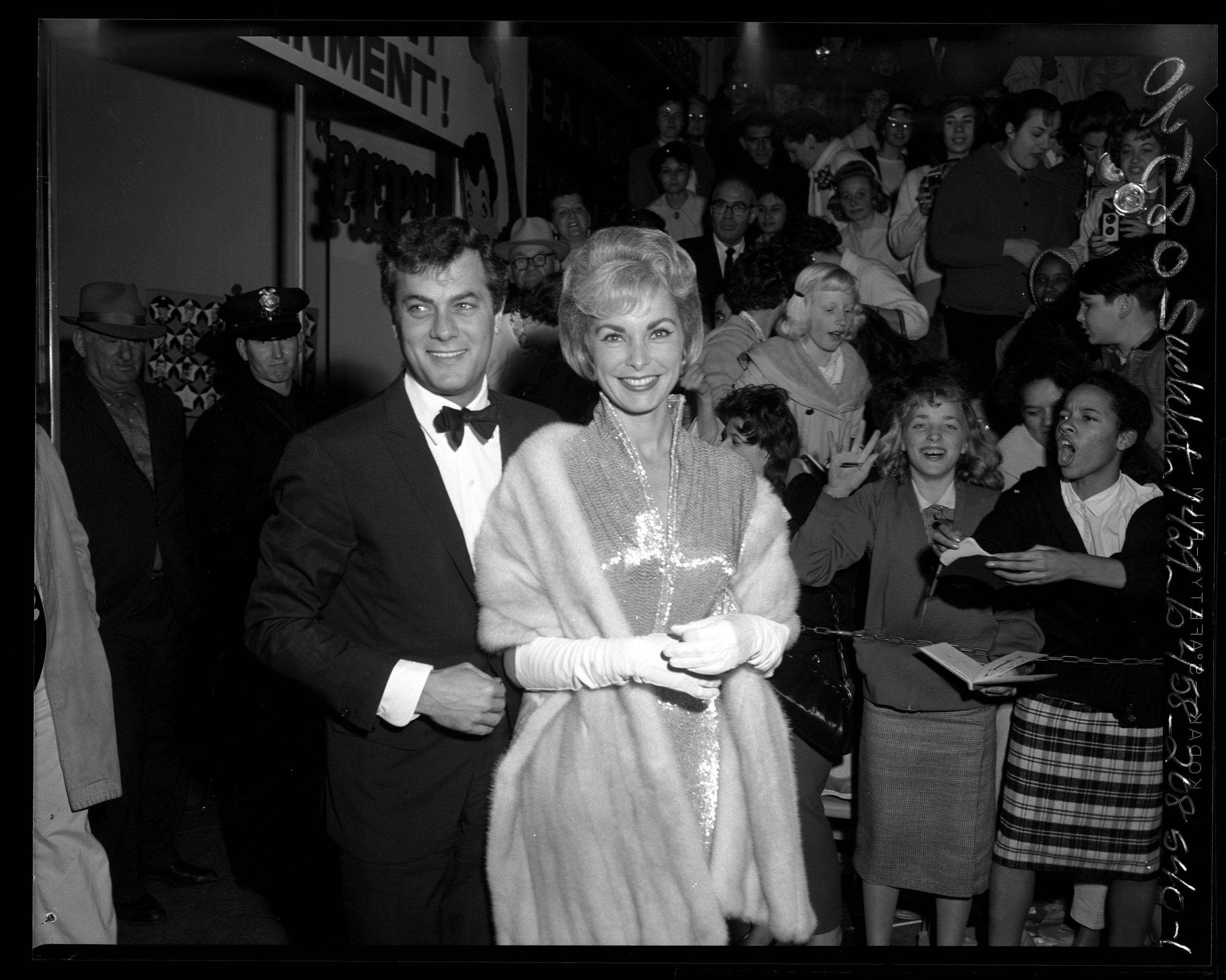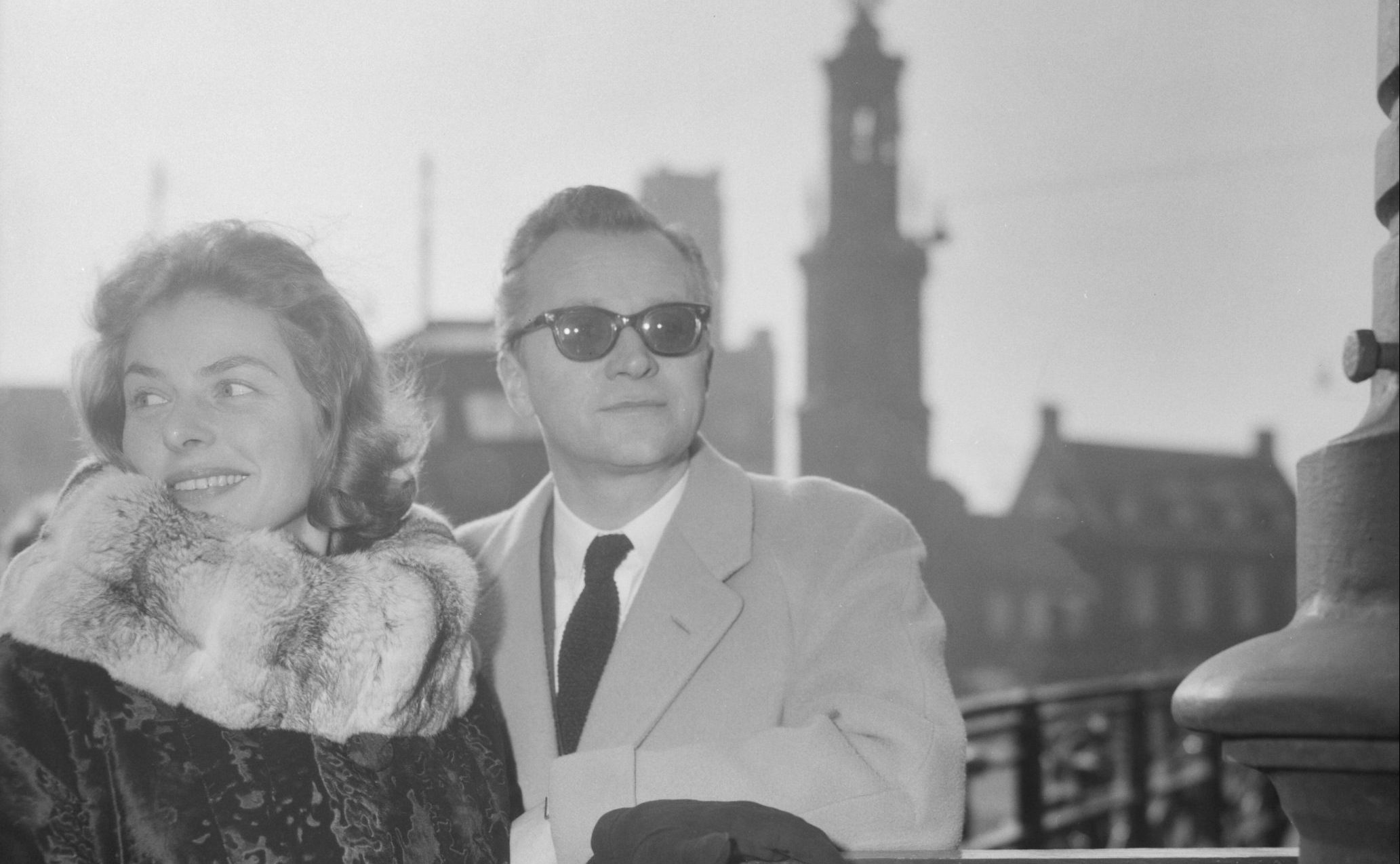One of his teachers reportedly once said to Spencer Tracy that he was “born to be a jurist”: In the end, the role of a jurist – as in the courtroom film Judgment at Nuremberg (1961) – was only one of countless different roles that Spencer Tracy was to play in the course of his career. Perhaps that teacher made this assessment in order to win the favour of Tracy’s parents: Spencer Tracy’s parents recognised the enormous acting potential in their son, but at first they wished he would pursue a “regular“ profession…
It was only when Spencer Tracy was given the opportunity to study acting at the American Academy of Dramatic Arts in New York in 1922 that his parents’ views changed: thanks to the tour of his debating society, which stopped off in a number of cities in the north of the USA – including New York – he was given the opportunity to audition for what was probably the most prestigious acting school on the US East Coast. At first, Tracy was hesitant because he feared he didn’t look good enough to be an actor: But he was reassured that a good voice, which he had, was much more important than a strikingly handsome face. Moreover, it was said that his masculine type, which was rarely found in this form, had the potential to thrill the audience.
The path for young actors usually led to Broadway.
American Academy of Dramatic Arts
Although Tracy was now a student at the American Academy of Dramatic Arts, his parents assumed that acting would remain a mere interlude in their son’s life: Then, as now, it was anything but guaranteed that one would find roles as an acting student. The path for young actors usually led to Broadway, where one was initially only given roles that went little beyond being an extra. In any case, it was anything but easy for Spencer Tracy to stand out among the ranks of acting students at the American Academy of Dramatic Arts: Many of the students there did not necessarily intend to become actors later. Among the students were many young women from wealthy families – so-called debutantes – for whom attending the Academy of Dramatic Arts was part of the obligations that came with a wealthy background.
Stock companies
But Spencer Tracy was serious about acting: although he had to get by on odd jobs for a while in New York, an opportunity soon presented itself for the young actor to assert himself: in New York in the early twenties, there was another theatre institution besides Broadway, the so-called stock companies. This form of theatre originated in England in the Elizabethan era and was still used sporadically in the USA at that time. A stock company comprised a fixed ensemble of actors who performed regularly in a theatre – but each evening they performed a different play from the prepared repertoire. This is a big difference from the repertory theatre, which is bound to fixed schedules and presents a play over several months. In the course of the 20th century, repertory theatre completely replaced the stock companies.
But Spencer Tracy benefited enormously from having been an ensemble member of stock companies in the 1920s: the requirement to have his role in several plays in mind and the necessity to perform a different play every night trained young Spencer Tracy’s acting skills enormously. It wasn’t long before Spencer Tracy was promoted to lead actor of the Leonard Wood Players stock company. This was a big step in Spencer Tracy’s career: Not only was he able to earn his living with acting, he also met his future wife Louise Treadwell at the Leonard Wood Players.
All the world’s a stage
But Spencer Tracy was still far from being a sought-after actor: In the course of the twenties, the young actor struggled with unemployment again and again, and the Great Depression further contributed to the fact that many theatres simply had no need for actors. Tracy himself later said that he had a poor sense of whether a play would become a hit – so it happened that in the twenties he turned down roles in some plays that became big hits.
It wasn’t until Spencer Tracy starred in the Broadway play The Last Mile in 1930 that he was able to attract the attention of the film and theatre world outside of New York: Nevertheless, Spencer Tracy was pessimistic about the future. He still had doubts as to whether he would make it as a sought-after film and theatre actor. Nevertheless, he did not think of giving up acting – it was the fascination with the stage that kept Tracy from taking up another profession.
Spencer Tracy’s perseverance was to pay off: Hollywood director John Ford – today considered one of the director legends par excellence – signed Tracy for the film Up the River (1930). Tracy played alongside Humphrey Bogart, for whom it was merely his second Hollywood film.
If Tracy had already acted in silent films in the twenties, he probably would never have become a talkie star.
Perfect timing
It was the perfect time for a Broadway actor to begin a screen career in the early 1930s: by 1930, it was clear that talkies would completely replace silent films. If Tracy had already acted in silent films in the twenties, he probably would never have become a talkie star: In the early thirties, Hollywood studios recruited countless actors on Broadway in New York. Among them were Irene Dunne, Bette Davis, Barbara Stanwyck, Robert Montgomery and Spencer Tracy.
From 1930 to 1935, Spencer Tracy was under contract to Fox Studios: John Ford said of the first time Tracy stood in front of a camera: “There was no awkwardness at all. Spence was as natural as if he didn’t know a camera was there, or as if there had always been a camera when he had acted before. (…) He knew a straight line from a laugh line.”
For Spencer Tracy, the move to Hollywood meant a big change: not only did he stand in front of the camera instead of on a Broadway stage, but he and his family no longer had to worry about material matters. His contract with Fox Studios guaranteed him an annual income of at least 70,000 dollars, which would be equivalent to almost 1.5 million dollars today.
Katharine Hepburn and Judgment of Nuremberg
However, Spencer Tracy did not play his most impressive film roles when he was under contract to Fox Studios: when Tracy was signed to MGM in the mid-1930s, it was reportedly already certain that he would advance to become one of the “important MGM stars”.
With the film San Francisco (1936), which retells the events of the great San Francisco earthquake of 1906, Spencer Tracy became one of the most sought-after stars among critics and audiences alike: although Clark Gable was the star of the film, for Spencer Tracy the film was the springboard to success. Spencer Tracy remained under contract with MGM for two whole decades – the nine-film collaboration with Katharine Hepburn is an essential part of Tracy’s legacy as an actor.
Among the best-known works starring Spencer Tracy are without question The Old Man and the Sea (1958) and Judgment at Nuremberg (1961). In Judgment at Nuremberg in particular, Tracy played one of his most profound, albeit historically explosive, roles alongside Marlene Dietrich: None other than Spencer Tracy would have been suitable for such a role, which would push any actor to his performing limits. Tracy went to his acting limits and beyond several times in the course of his career – with bravura.
Cover picture: © Simon von Ludwig
Main source: Swindell, Larry: Spencer Tracy, 1974 Coronet Books

 Deutsch
Deutsch









